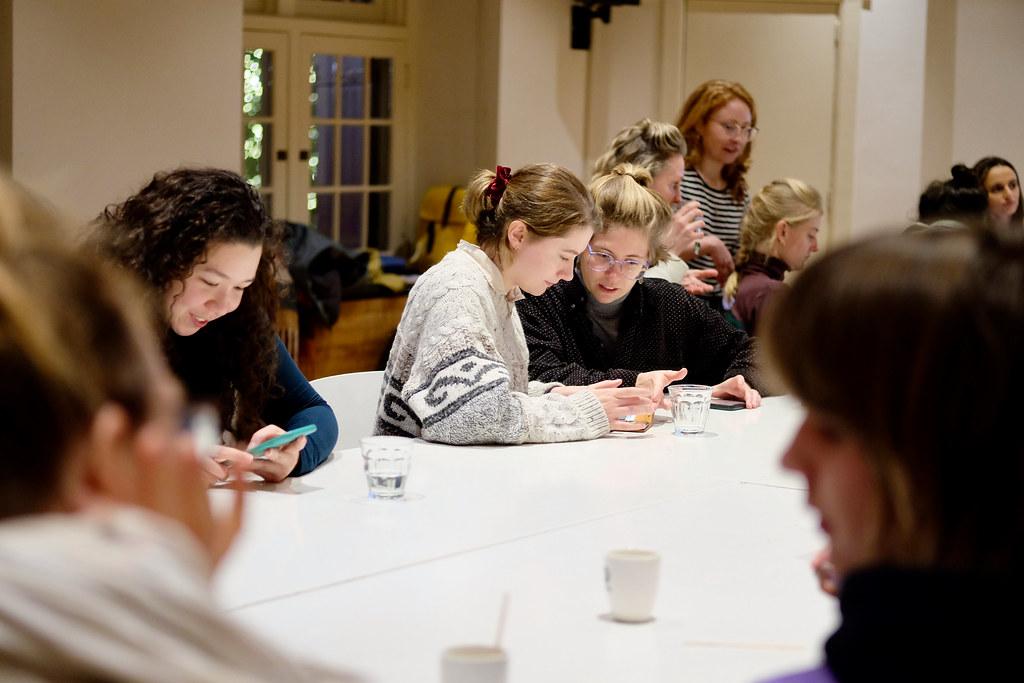At the recent Dutch Innovation Expo, the society was nearly invisible. Are we using the ability to innovate of the society itself to its full extent? Should we not change our innovation policy?
In Thursday 14 April 2016, the Innovation Expo took place at EYE in Amsterdam. A large-scale, national event, attracting more than 4,000 participants. A picture of a swarm birds represents the programme, which has become the symbol for ‘the wisdom of the crowds'. A collective effort to create such a thing like Wikipedia is a good example of it.
But the question arises if this symbol expresses the Innovation Expo correctly. The participants came from companies, knowledge institutes and the government. But where was the rest of the society at this event?
The thought behind the three leading parties of innovation stems from the OESO. By introducing the ‘triple helix’ model, it became the 'bible' for innovation policy in the last decade. But it is a persistent misunderstanding that this institutionalised world is going to realise the much desired innovation. An invention is not equal to an innovation, it has to be successfully implemented. Only if a service or product has made an effective change, we can speak of innovation.
What we really need and call for, is a practical plan for action with all the involved stakeholders (and not another 'society-wide dialogue'), created on regional levels, at municipalities, at schools and neighbourhoods: local plans that give social innovation a boost. Open innovation, with a responsibility in society itself. And use innovation funds to realise just that.
Read the complete blog post in Dutch.
Egbert Fransen, Pakhuis de Zwijger
Marleen Stikker, Waag
Pauline Westendorp, ondernemerscoöperatie NEWNRG
